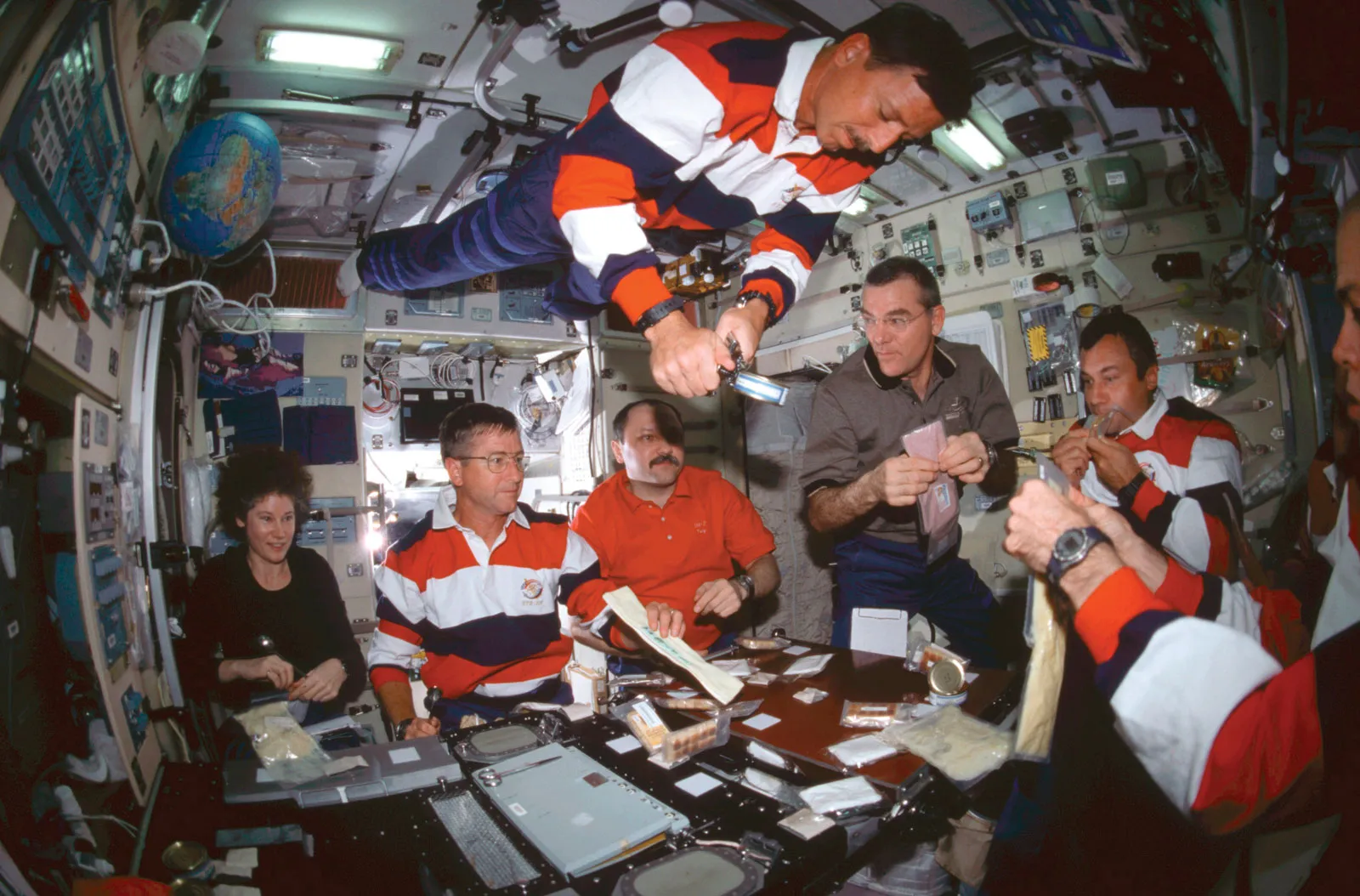The existence of antibiotics has been crucial in saving billions of lives by providing effective treatments for various bacterial illnesses. However, if new bacteria were introduced for which we lack a cure, it could rewrite the course of history. In the past, diseases like bacterial meningitis and staph infections caused countless deaths because no cure existed. Although we have made significant progress in understanding and combating these diseases, the adaptability of bacteria poses a constant threat.
Microbiologist Cheryl Nickerson highlights the ability of bacteria to rapidly change under stress, making them highly dangerous. Considering our knowledge about bacteria, it is crucial to avoid the introduction of extraterrestrial bacteria to Earth. The biggest concern lies with the potential for a spaceship to bring back foreign bacteria. While the risk of humanity being completely wiped out is low, the scientific discoveries made in space justify the risk. Technically, bacteria from outer space may not possess the specific relationship required to be deadly to human cells. However, the uncertain nature of the situation warrants a cautious approach, particularly because space missions already entail significant risks.
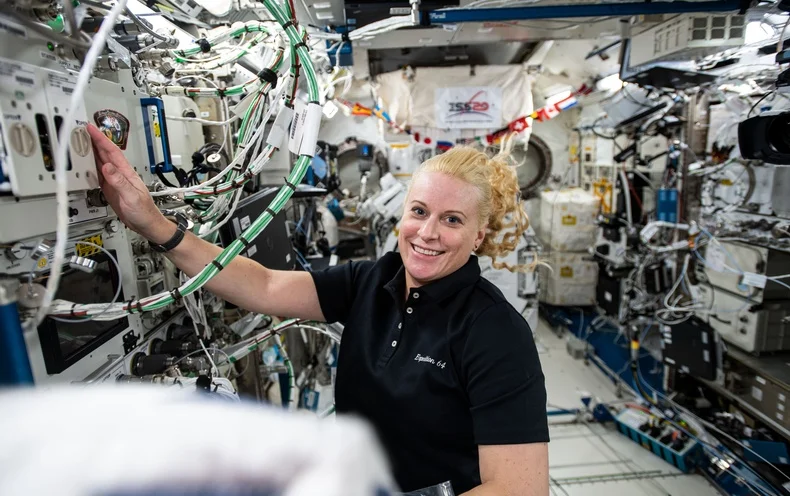
Studying Bacteria Is Vital
If we didn’t study bacteria in outer space, we wouldn’t understand half of their makeup. Luis Zea, a microbiologist at the University of Colorado, said, “Wherever we go, bacteria come with. It’s extremely important to study bacterial behavior in space, including their resistance to drugs and their ability to cause disease, to ensure long-term safe exploration of space.” Bacteria get funky in outer space, and the more scientists research it, the more puzzling it becomes. Some thrive in space, and some become slow and sluggish (PBS).
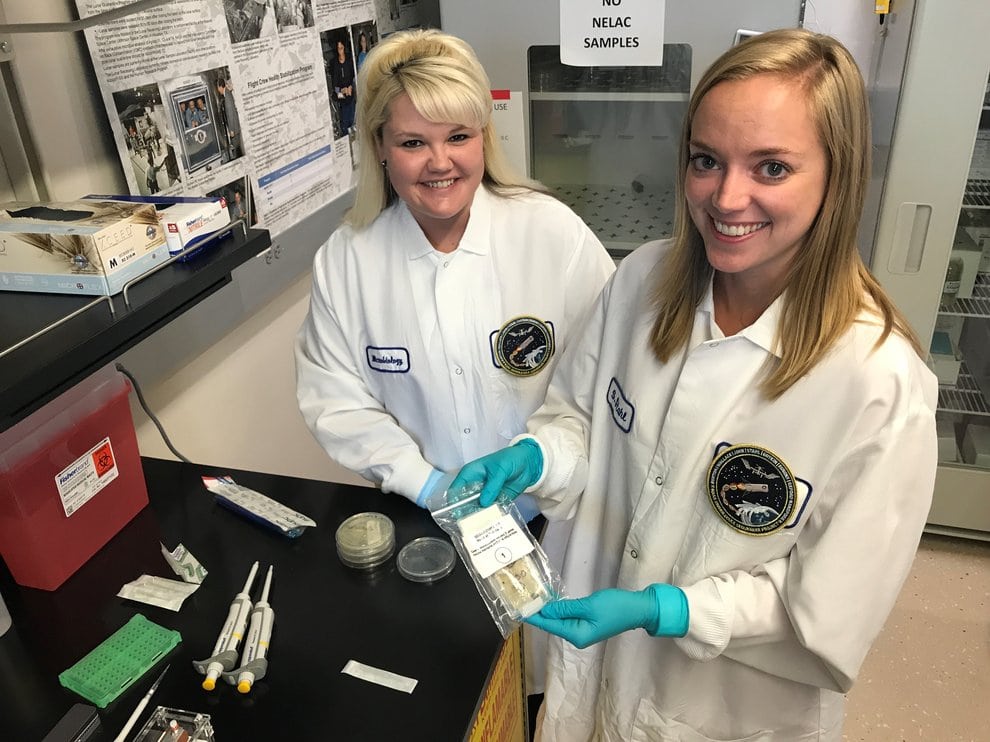
Sample Return Missions Are At Risk
Samples are so important to researching outer space. Scientists need to make sure the samples are as pure as possible. Despite this, a team at McGill University said, “bacterial strains exhibiting extreme resistance to ionizing radiation, desiccation, and disinfectants” could mess up the samples. Even the isolated environment of the ISS, the International Space Station, is at risk. Furthermore, the team said, e”For a mission to Mars, for example, the risk of survival and proliferation of introduced terrestrial organisms is thought to be low and an even more negligible risk might be ascribed to the event in which a living organism from Mars is transported to Earth, subsequently released, and colonizes its new environment.” The risk is low, but there is still a potential risk (News Week).
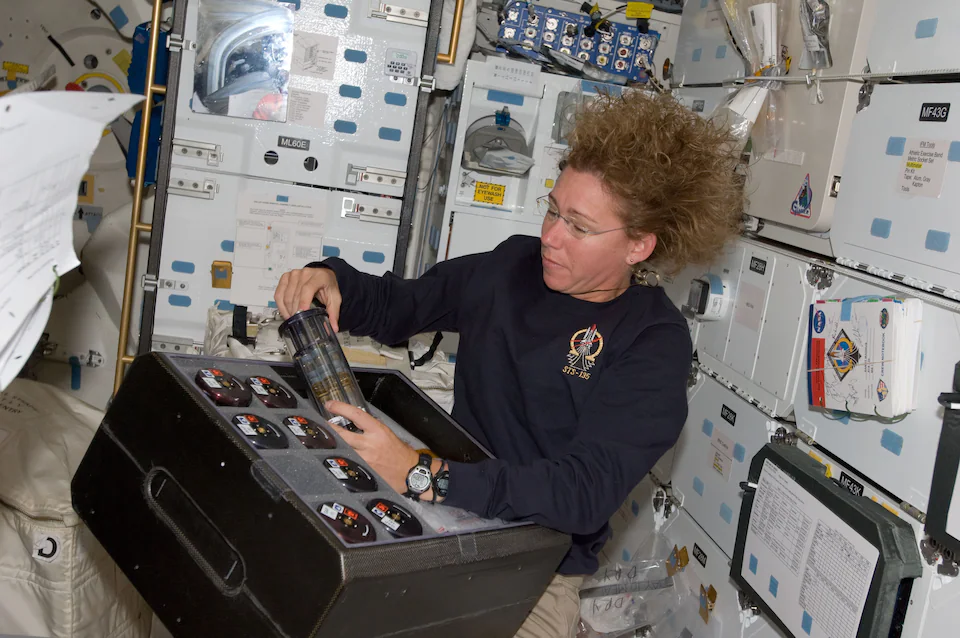
Bacteria Become More Dangerous In Space
The bacteria we have here on Earth become more dangerous in outer space. For example, an experiment previously conducted in space involved mice and salmonella. Cheryl Nickerson said, “After a few days, more of the mice with space-grown salmonella were getting sick. Normally, salmonella can kill a mouse in about seven days. The mice given the space salmonella started to die two days earlier and at lower doses than normal.” The bacteria from outer space coat themselves in biofilm which makes them resistant to antibiotics. If our bacteria becomes more dangerous after spaceflight, there’s no saying what extraterrestrial bacteria could do (Washington Post).
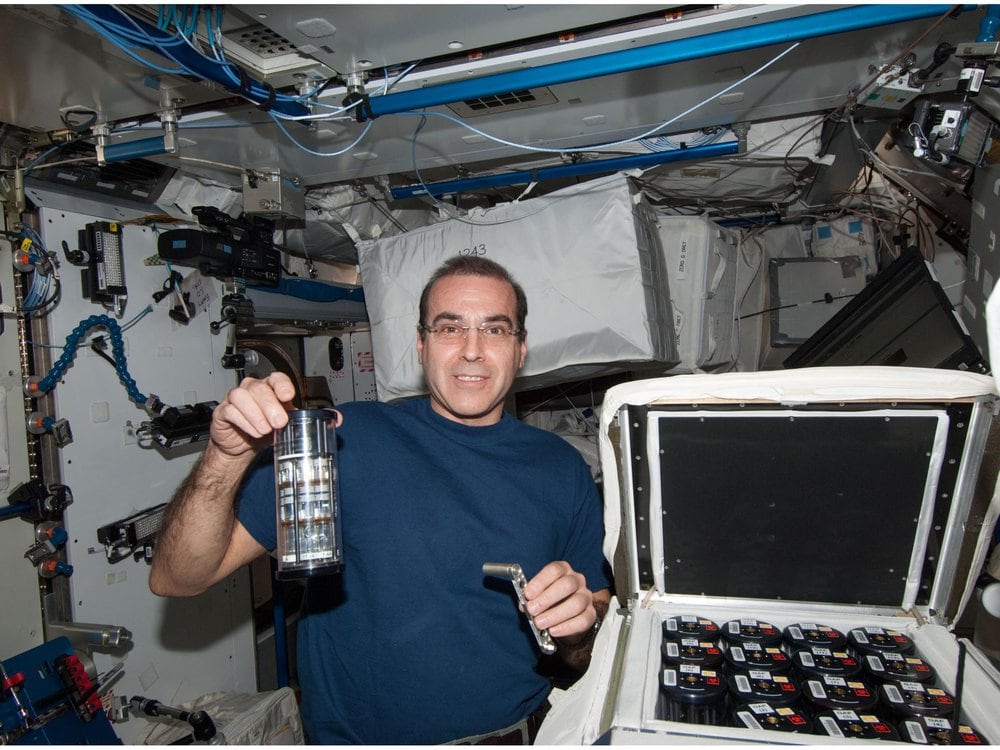
They Become Twice As Deadly And Resistant
The first time we learned bacteria is twice as deadly in space was in 1967. This is when NASA launched Biosatellite II, with strains of Salmonella typhimurium and E.Coli. This bacteria grew twice as fast as bacteria back on Earth, and in 1982, scientists rediscovered that E. Coli developed a resistance to two types of antibiotics used to fight it. Staph infection also increased its resistance to antibiotics, and while this bacteria normally wouldn’t be dangerous, the conditions in space make them much more dangerous (Washington Post).
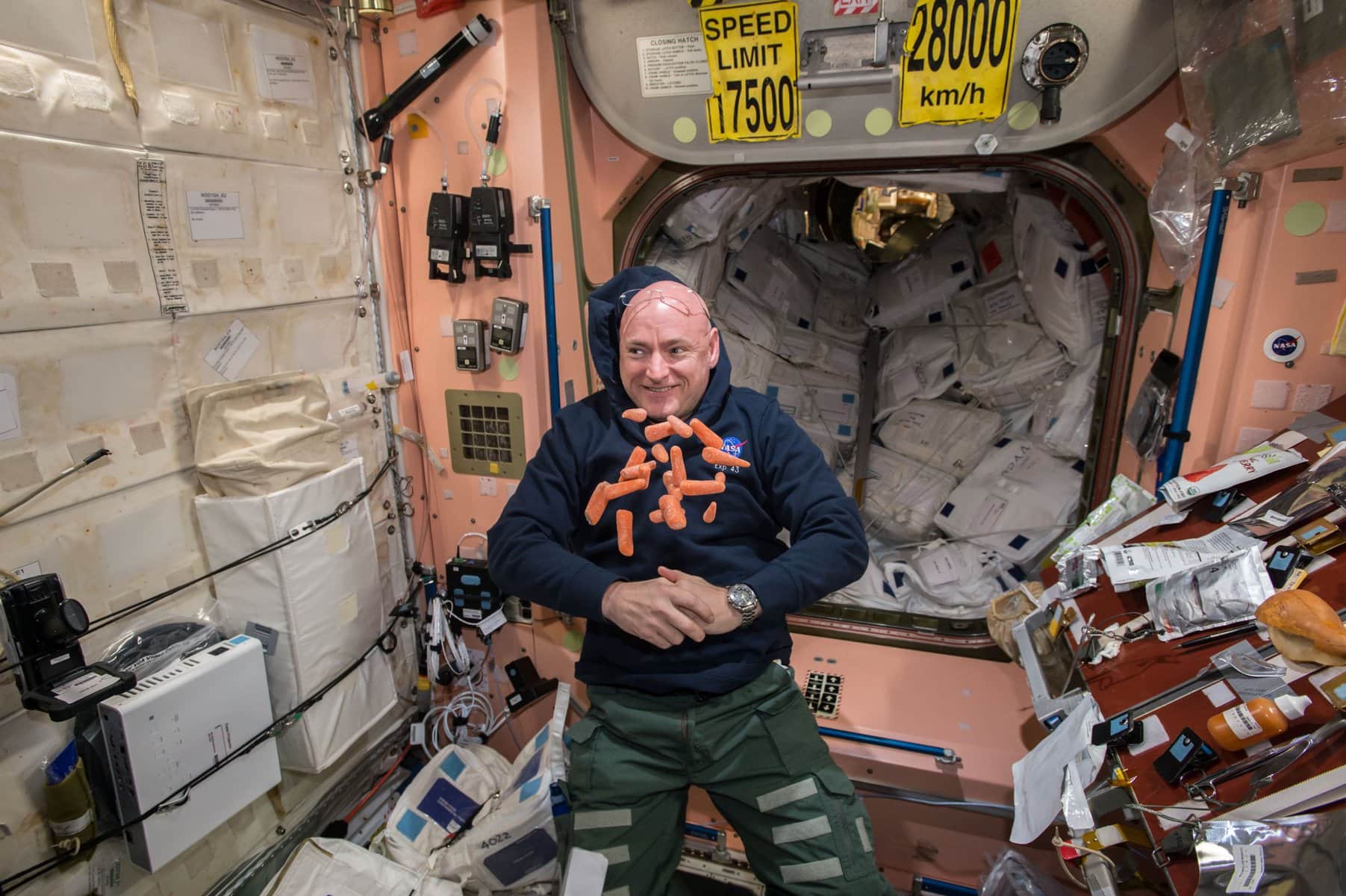
They Even Stay More Dangerous After Returning To Earth
And to make matters worse, bacteria that return from outer space stay resistant to antibiotics for a short time after returning to Earth. Bacteria also mutate quicker in outer space, so astronauts face a huge problem. They’re dealing with bacteria that mutate faster, become deadlier, and become resistant to bacteria, and returning home doesn’t even protect them. This happens because of microgravity and its ability to promote biofilm. Biofilm is on bacteria’s side, and supports and aids in their ability to mutate and cause infection (The Conversation).
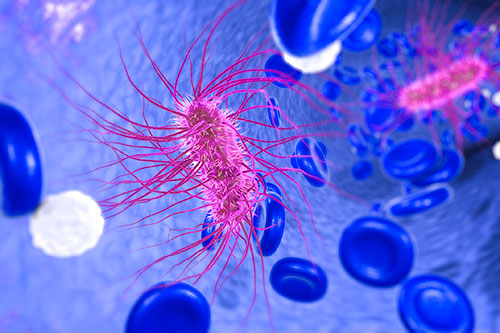
E. coli Is A Big Threat
Both salmonella and E. Coli are huge threats according to scientists. After ending up in space, we see permanent changes to their makeup, which means they’re deadlier than ever before. George Fox, from the University of Houston, said, “We are seeing true genomic changes – permanent changes. Next, we need to figure out exactly what those changes are doing.” Certain strains develop 60 percent more quickly than others, and it seems like they thrive in the weightless ecosystem. If there’s anything we need to fear, it’s the hitchhiking bacteria (Science Alert).
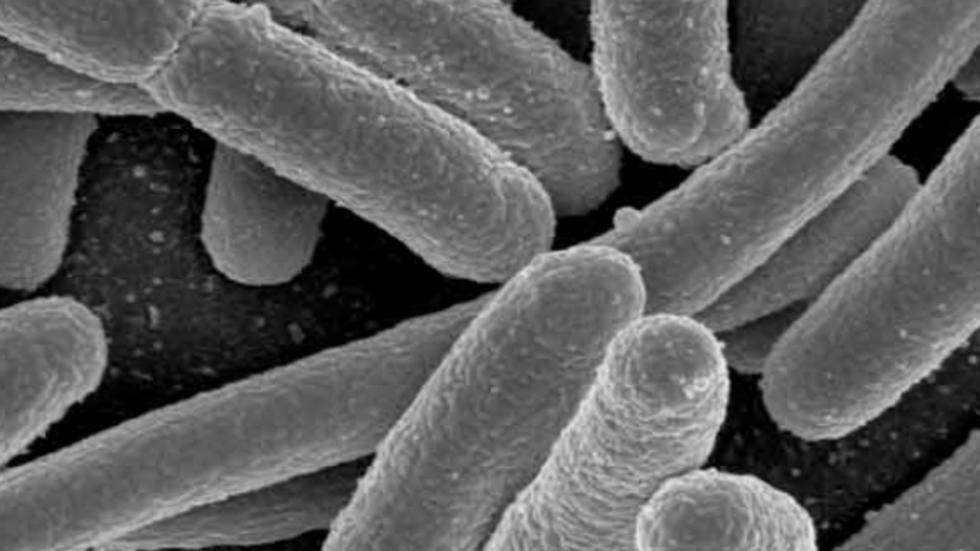
The Biggest Threat Seems To Be The Bacteria We Already Know
Before we head out to meet alien bacteria life, we need to be more careful about the bacteria we already know about here on Earth. As we’ve already seen, E. coli and salmonella pose huge threats to astronauts. E. coli might even do a better job at infecting other cells in outer space than it would on Earth. E. coli in space shrinks to about 73 percent of their volume. This is yet another reason why they’re so hard to treat with antibiotics. Less surface area means less area to treat with antibiotics (Science Alert).
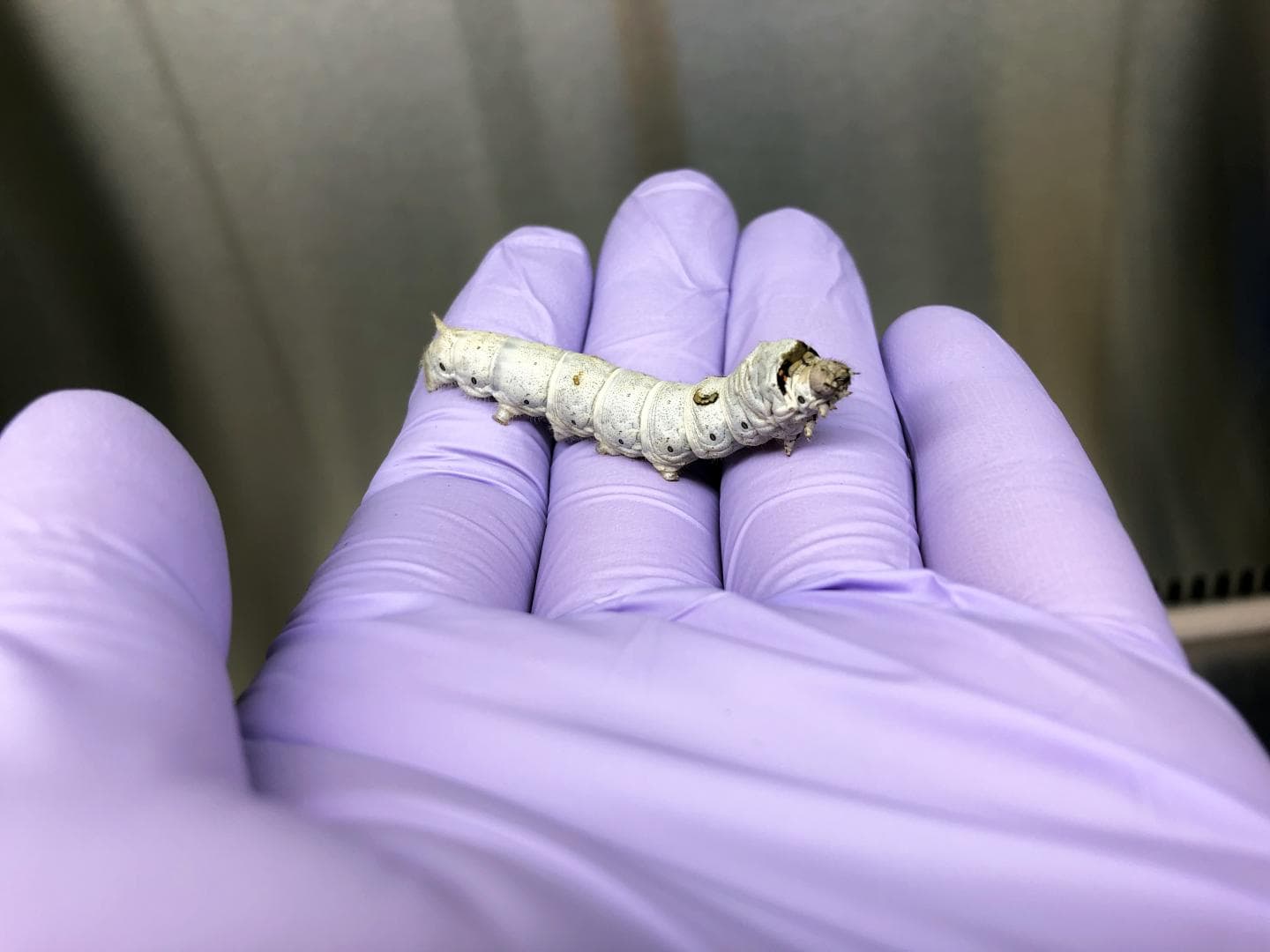
Bacteria Are Smart
Their shells also grow up to 25 percent thicker. Basically, they’re more likely to travel around in clumps, adding to their manpower. It sounds like E.coli loves their conditions in outer space. We can’t blame them, if we grew more powerful in space, we would love it up there too. Biologist Laura Leff said that bacteria will, “find a way to succeed, regardless of environmental conditions.” Unfortunately, this resistance is bad news for humans (Smithsonian Mag).
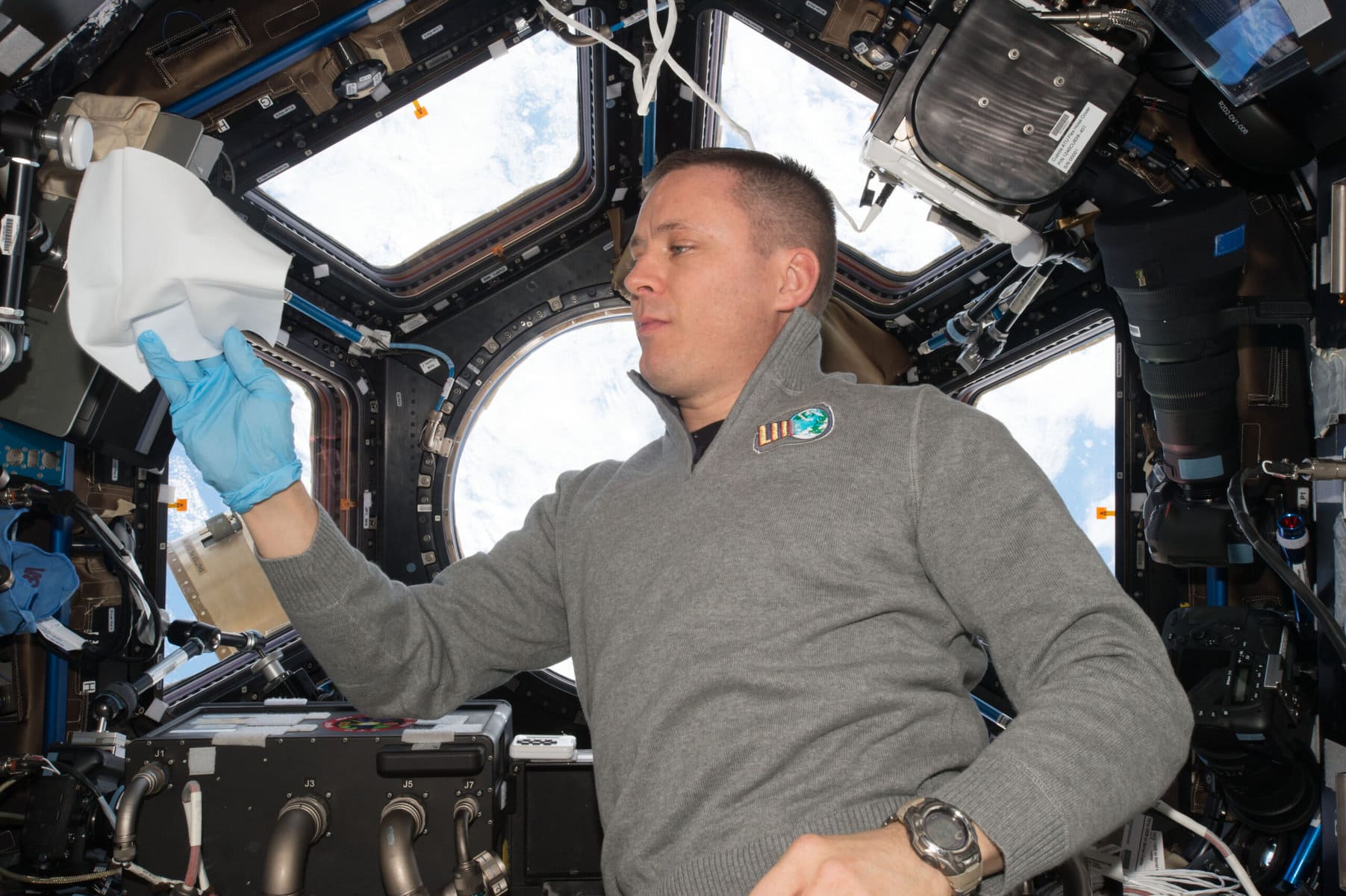
Bacteria Struggle To Stay Alive
Just as humans and every other living organism on Earth want to stay alive, bacteria are no different. Christine Moissl-Eichinger from the Medical University of Graz in Austria said, “There is a group of microorganisms you can detect in any sample that you are analyzing from the space station. These microbes are surviving very well.” She went on to say, “We found indications that the microbes are adapting to the surfaces on board. These microbes were really different from those that we found on the ground. These technophilic organisms are attacking the surfaces as they struggle to stay alive.” One of the biggest threats, at the end of the day, might be the stress of the bacteria and the stress of the astronauts struggling to stay as healthy as possible (NASA).
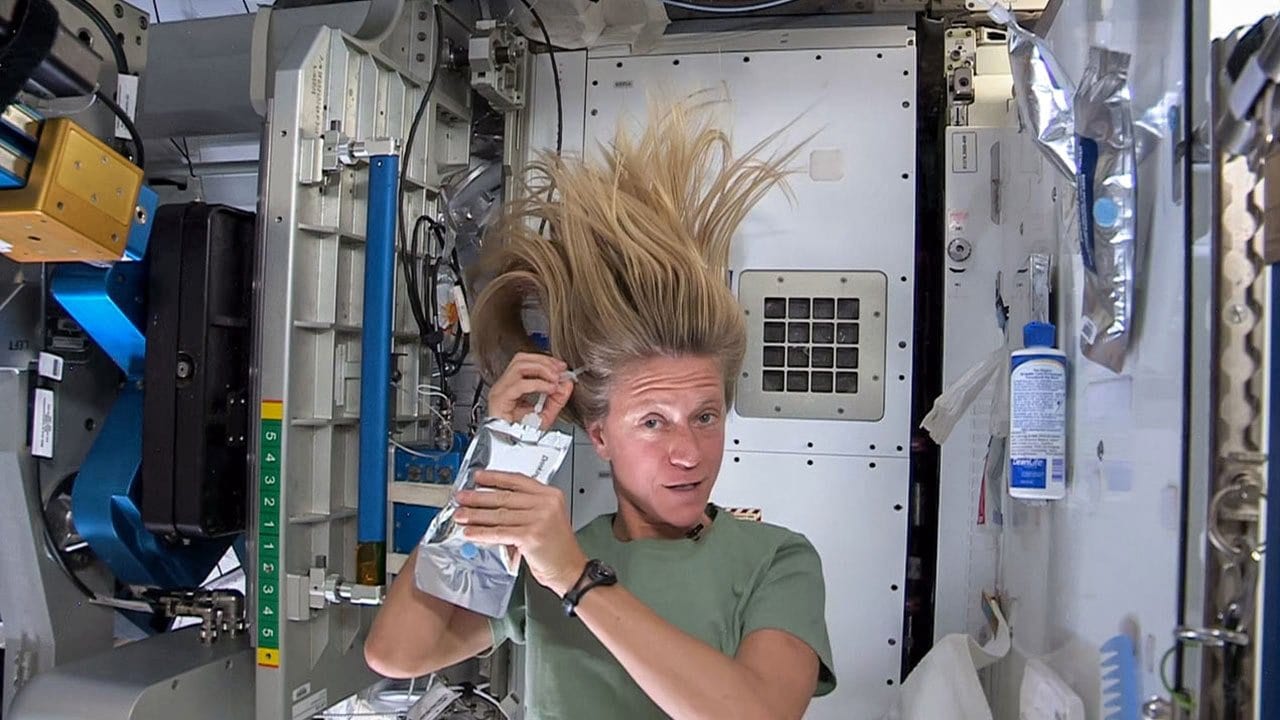
Ryugu And Bennu
Two carbon-bearing asteroids in outer space, Ryugu and Bennu, might have preserved traces of life on their land. This means it also has extraterrestrial bacteria that scientists are looking forward to testing. Andy Spry, a scientist at the Search for Extraterrestrial Intelligence Institute said, “Our understanding of Mars is that there may have been life in the past. There may still be viable life in reservoirs under the planet’s surface.” Despite their desire to research this new life, the scientists have to be particularly careful about how they study the new bacteria (National Geographic).

Full Protection Necessary
Scientists in outer space are conducting experiments with extraterrestrial bacteria. They have to take incredible precautions to make sure that bacteria do not come into contact with humans. Otherwise, the results might be disastrous. Once the scientists are back, they have to spend 21 days in a biological barrier to prevent contamination (National Geographic)
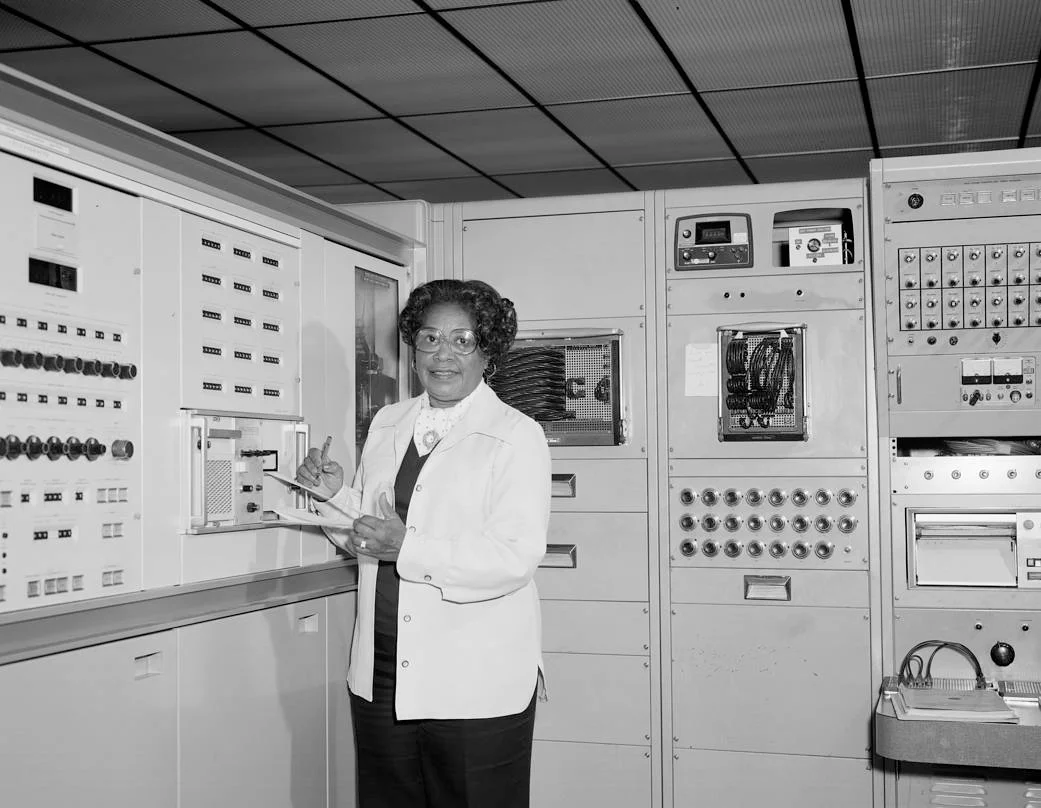
The 1970s Infection
Even though extraterrestrial bacteria are so dangerous, there’s only been one account of an astronaut falling seriously ill after exposure to a bacteria. In 1970, an astronaut was exposed to Pseudomonas aeruginosa. After making a reentry into the atmosphere, which involved going into extreme conditions with a lack of oxygen and water, Fred Haise fell seriously ill. This illness lasted several weeks after returning to Earth but luckily recovered from the infection. This is a huge part of the reason a lot of certain types of food do not make it into space for the astronauts (Technology Review).
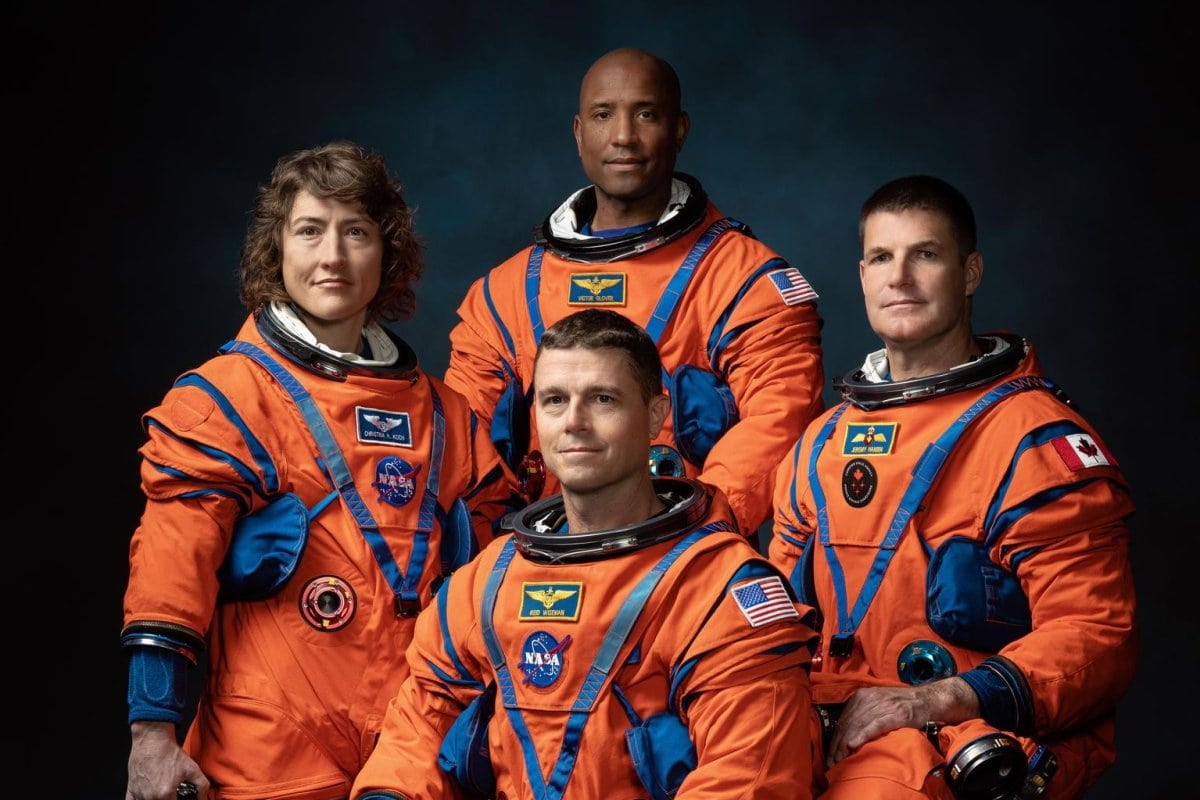
An Under-appreciated Hazard
All it takes is one infection, and it could affect the lives of hundreds of people. After all, if a resistant bacteria from outer space affected people here on Earth, there’s no saying what could happen with the detrimental results. Kim Prisk, a professor of medicine at NASA Lab, said, “The fact that at least one nasty bug becomes demonstrably more virulent in spaceflight introduces a hazard that might before have been under-appreciated. It does make one wonder about how aggressive the medical treatment of an infected subject in space would need to be.” And needing aggressive medical treatment in outer space is not an easy feat (Technology Review).
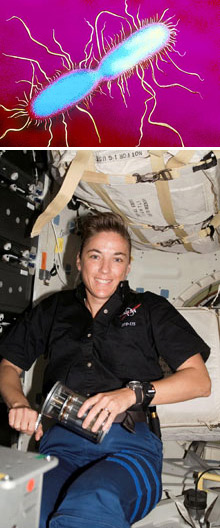
Extraterrestrial Bacteria
A new study discovered a type of bacteria that can survive up to three years in outer space. In addition to 3,000 times the amount of radiation that would kill a human being. It can also survive dehydration, cold, and acid. This sounds like a superb bacteria we wouldn’t want to end up in space. Professor Yamanashi at the Tokyo University and Pharmacy of Life Sciences, said, “The results suggest that radio-resistant Deinococcus could survive during the travel from Earth to Mars and vice versa, which is several months or years in the shortest orbit.” Furthermore, he continued on with his opinions about Mars, saying, “It is very important to search for life on Mars before human missions to Mars,” which may prevent disasters from happening (CNN).
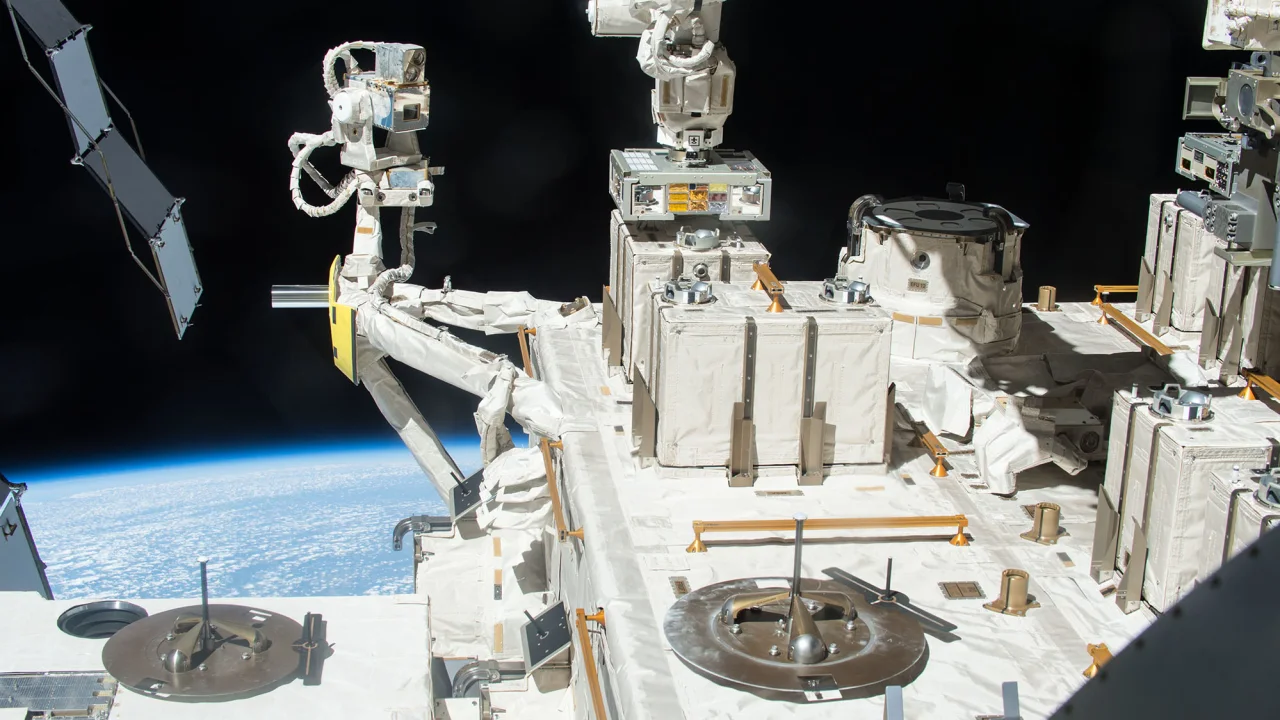
South African Gold Mines
This bacteria occurs right here on Planet Earth, in South Africa. There’s a reason scientists leave certain bacteria buried and left untouched. There’s no saying what it could do to humanity if these microbes got out into the open, or how it would affect us. According to J. Andy Spry, scientists at the Search for Extraterrestrial Intelligence Institute, “Here on Earth, for example in South African gold mines, when you drill through a rock, sometimes you come across a reservoir of water that’s been there hundreds of thousands of years, and there are microbes in it. If you provide them with heat, light, and warmth—they will grow.” (National Geographic)
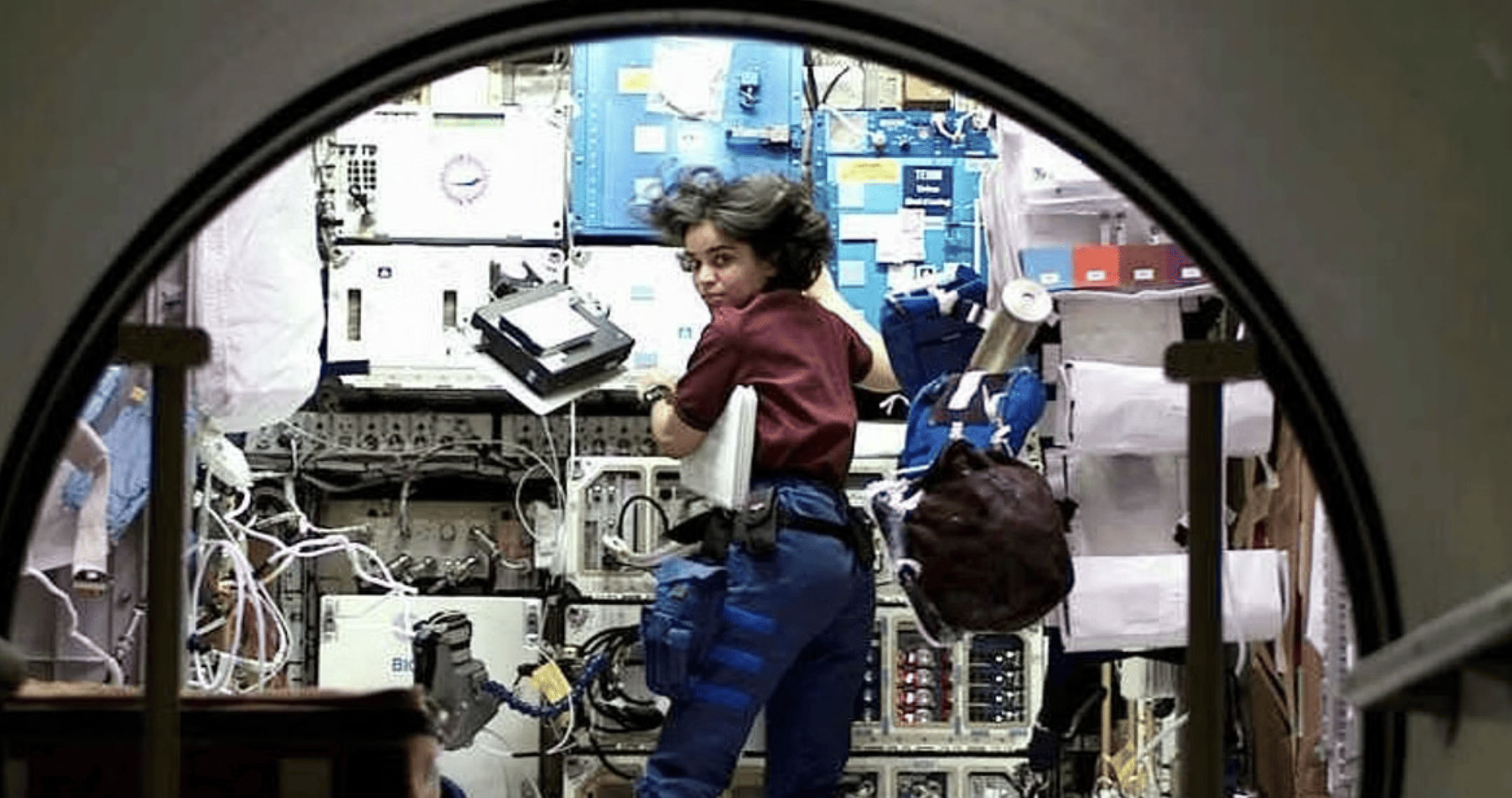
The Unidentified Life Form
After a Russian spaceship came back from outer space, they discovered bacteria on the outside of it. Routine cotton swabs caught the unidentified life form. Anton Shkaplerov, who was a part of this space mission in particular, said, “[I]t turns out that somehow these swabs reveal bacteria that were absent during the launch of the ISS module. That is, they have come from outer space and settled along the external surface.” Luckily, it’s assumed these bacteria are not dangerous. They don’t pose a threat, though they can’t be for certain just yet. There’s a big chance these stowaway bugs thrive in outer space (Science Alert).
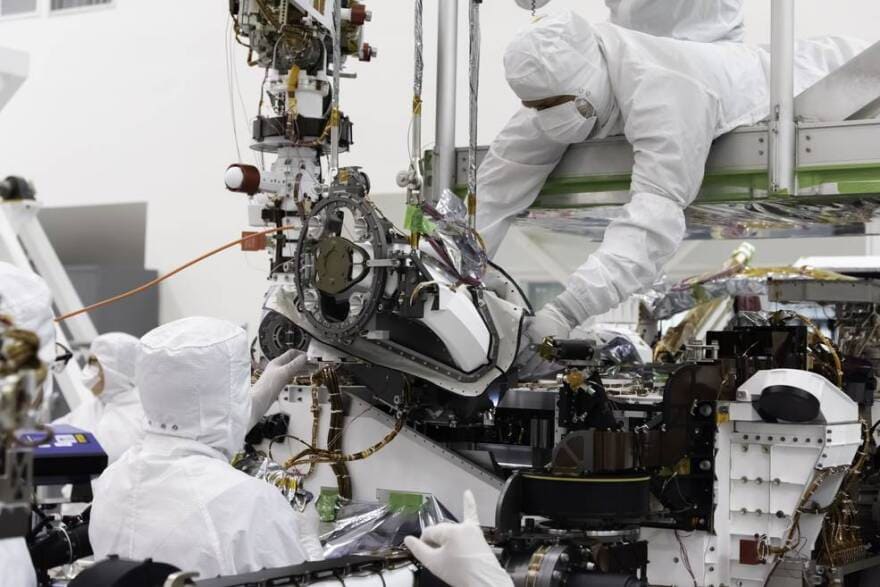
Bacteria Are Smart And Can Readapt
Bacteria are probably one of the smartest organisms out there. They can easily readapt and reprogram to survive in any type of condition in the world. This includes outer space and Earth. According to Cheryl Nickerson, “The bacteria is sensing those shear levels and reprogramming itself to do what it needs to do to survive in those conditions.” Her coworker, David Klaus, who studies the relationship between bacteria and gravity, went on to say, “That physical trigger alters the chemical environment around the cell. And the altered environment around the cell changes the biological response. There’s no black magic there.” A change in the chemical environment, which we do not have here on Earth, might explain why bacteria become so resistant in outer space (Washington Post).

It Starts At The ISS, International Space Station
Microbial Ecologist Jack Gilbert, at the Argonne National Laboratory in Lemont, Illinois, said we need to stress the importance of studying bacteria in outer space. He talks about the invisible microbe world we live in. It could potentially be dangerous if we’re not careful. Those at the International Space Station need to be especially careful. Gilbert said, “Humans were wearing clean-room suits that could reduce the potential of the room being exposed to their microbial selves” (PBS).

Working To Prevent Disease
Scientists are always trying to work on ways to combat disease, and when it comes to extraterrestrial bacteria, it’s especially important. Microbiologist Sarah Wallace said, “The ISS is probably as clean as your home, and cleaner than a college dorm room. Our astronauts aren’t being exposed to really awful things all the time—it’s almost the opposite.” Even though that’s not a very high bar to work with, it does give us a good perspective (PBS).
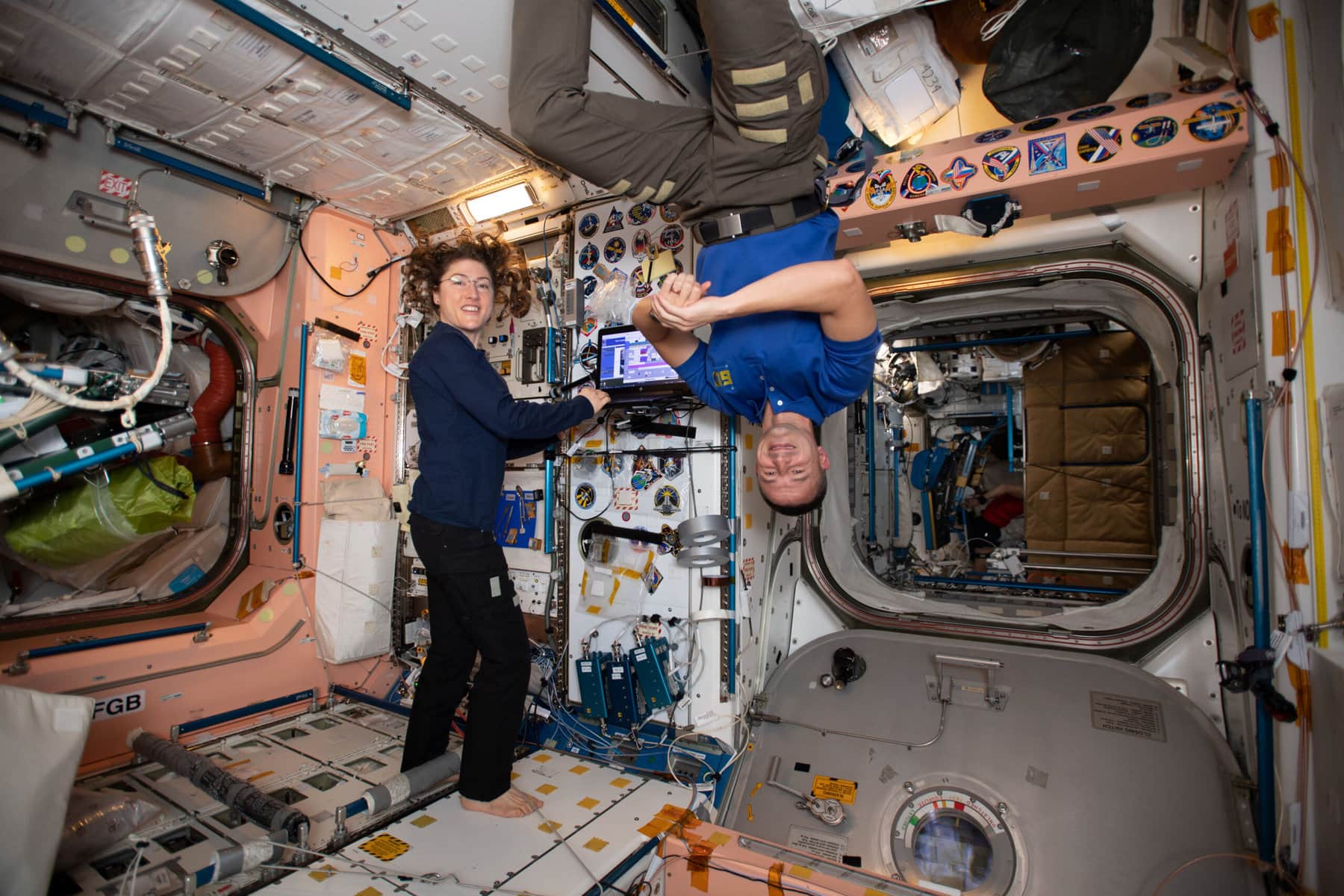
The ISS Is Potentially Dangerous
Senior research scientist Kasthuri Venkateswaran agreed with Jack Gilbert. In regards to the ISS, they need to do more work to isolate any potentially harmful bacteria. He said, “If NASA is going beyond the moon to Mars you need an automated biosensor. I’m giving a background model and showing them these are the common things you can find, and a subset of them are ones where you have to be careful.” The unique biome living in the ventilation and air filters are not keeping anyone as safe as they should be (Science).
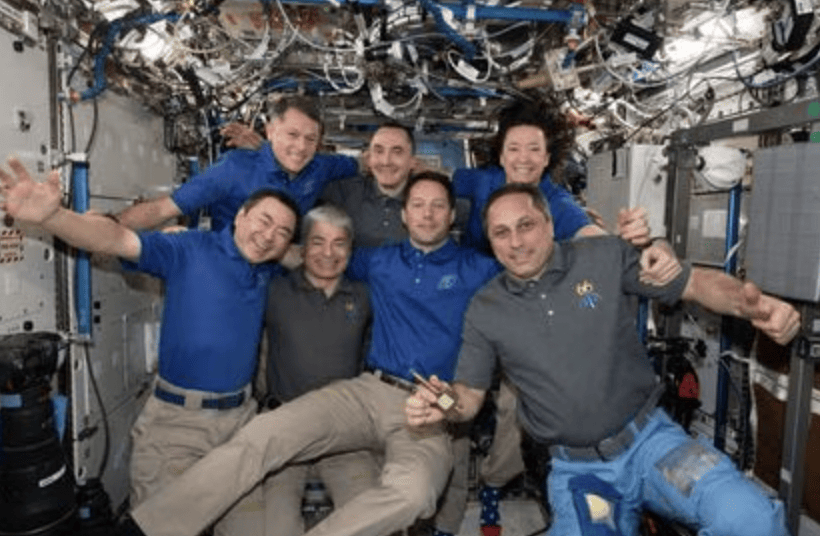
They Need To Spot Potential Problems In ISS
Furthermore, “By using both traditional and state-of-the-art molecular analysis techniques we can build a clearer picture of the International Space Station’s microbial community. [This will help] to spot bacterial agents that may damage equipment or threaten astronaut health, and identify areas in need of more stringent cleaning.” Once they have this layout in mind, the scientists can work from there to stay as clean as possible (Science).

The SAFR-032 Bacteria
SAFR-032 is one bacteria that’s managed to survive many outer space conditions. It’s found in spacecraft clean rooms, and have built up its resistance with layers of cells they use as a shield. Dr. David J. Smith from NASA conducted an experiment to try and kill off the spores. The team sent a balloon 32 kilometers above the Earth’s surface for a total of eight hours. During these eight hours, the 40 million spores were exposed to dangerous conditions like dry and cold air and radiation (The Atlantic).
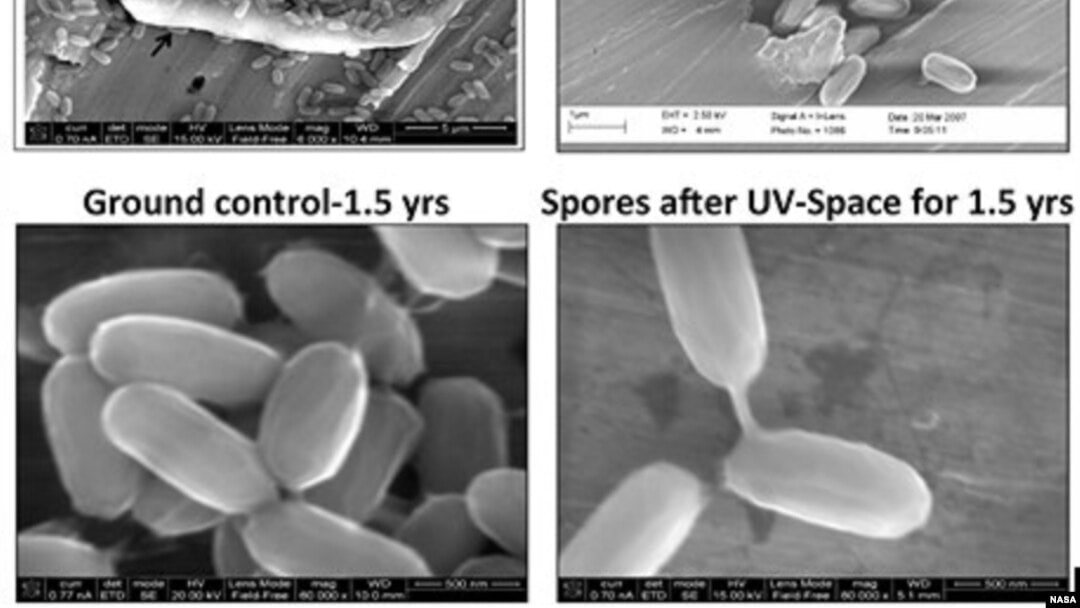
The Experiment’s Conclusion
After the experiment, Smith concluded, “When we got the samples back to the lab a couple of weeks later we saw that there was almost a complete kill. 99.9 percent of the entire population was destroyed. Our results predict that most terrestrial bacteria would be inactivated within the first [day] on Mars if contaminated spacecraft surfaces receive direct sunlight. Let the rovers sunbathe [and] help keep Mars pristine.” In turn, this is good news. It means we have a better chance at planetary protection than previously thought (The Atlantic).
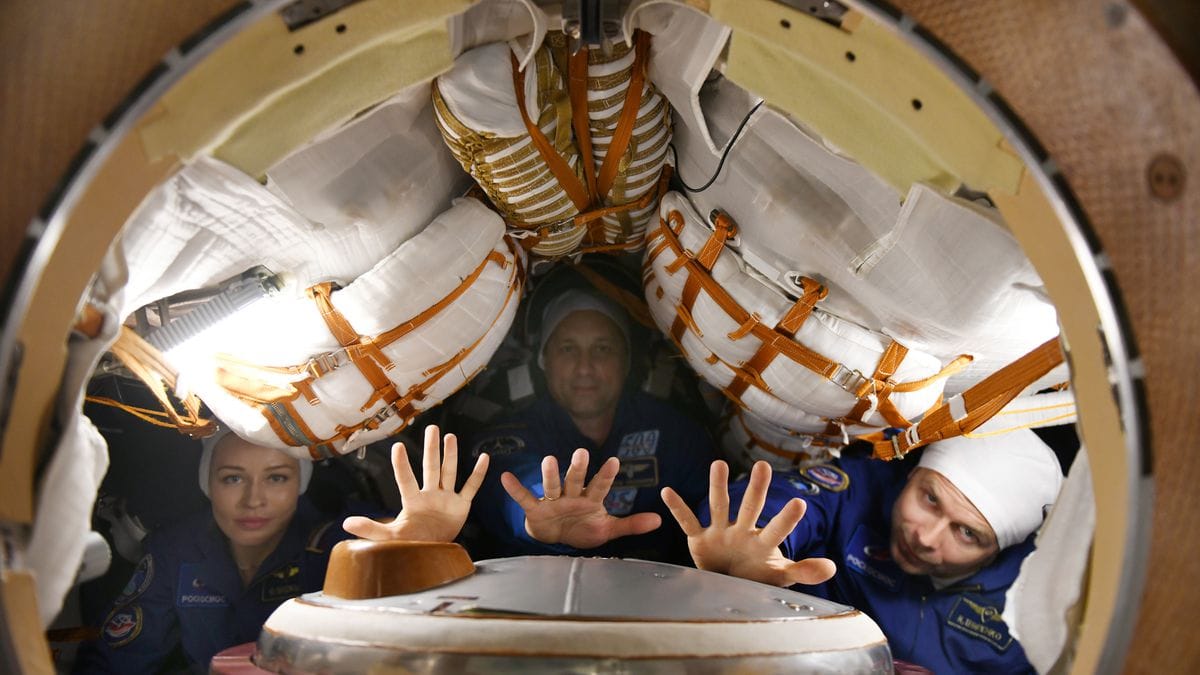
It Wasn’t A Total Kill
The other side to this experiment is that the results didn’t show a total kill of bacteria. For example, a kill of 99.9 percent is not a total kill. There’s still that small percentage of bacteria that resisted those conditions. Out of 40 million, that means 267 were able to reactivate. They had a gene expression that made them resistant to the sudden change in temperature and atmosphere. Even years later, Smith and his team are trying to make sense of the conclusion. He said, “And what’s particularly interesting, is that those that were alive from the ISS experiment also ended up showing a resistance to antibiotics.” (The Atlantic).
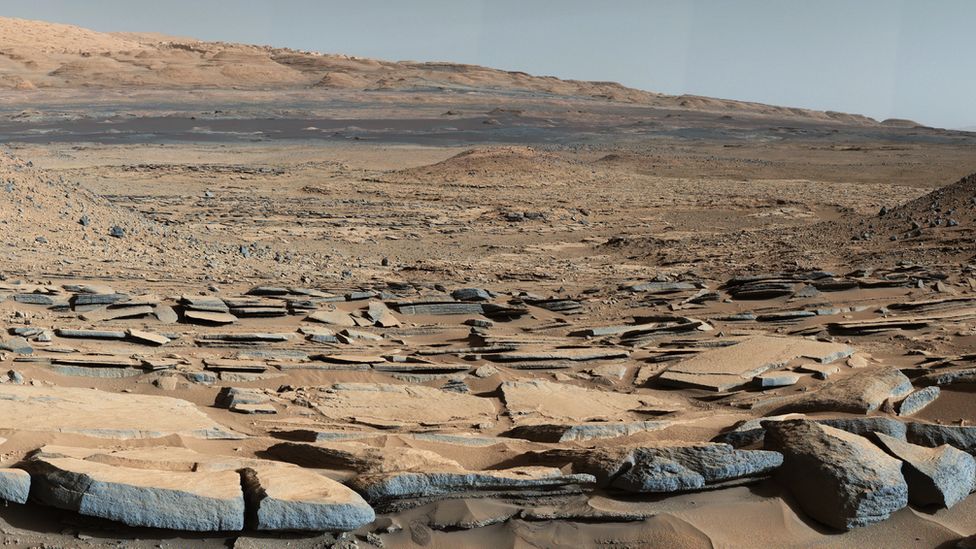
Certain Spots On Mars Are Off Limits
For now, humans cannot visit certain spots on Mars. Smith and his team said, “If we’re sending viable biomass to Mars, we want to make sure we’re not going to hit a spot where terrestrial contaminants can start to propagate and take over the environment.” Only time, and more experimentation, will answer our questions (The Atlantic).

Drilling Rocks On Mars
None of this is a far-fetched dream. Scientists are currently drilling rocks on Mars in the hopes of discovering more life. To achieve this, they’re filling metal tubes with rock samples and bringing them back down to Earth. Jim Bella, a scientist at Arizona State University, said, “We’ve got eight samples on board the rover now.” Those eight samples could provide a lot of insight into the future of outer space, Mars, and newly discovered bacteria (NPR).
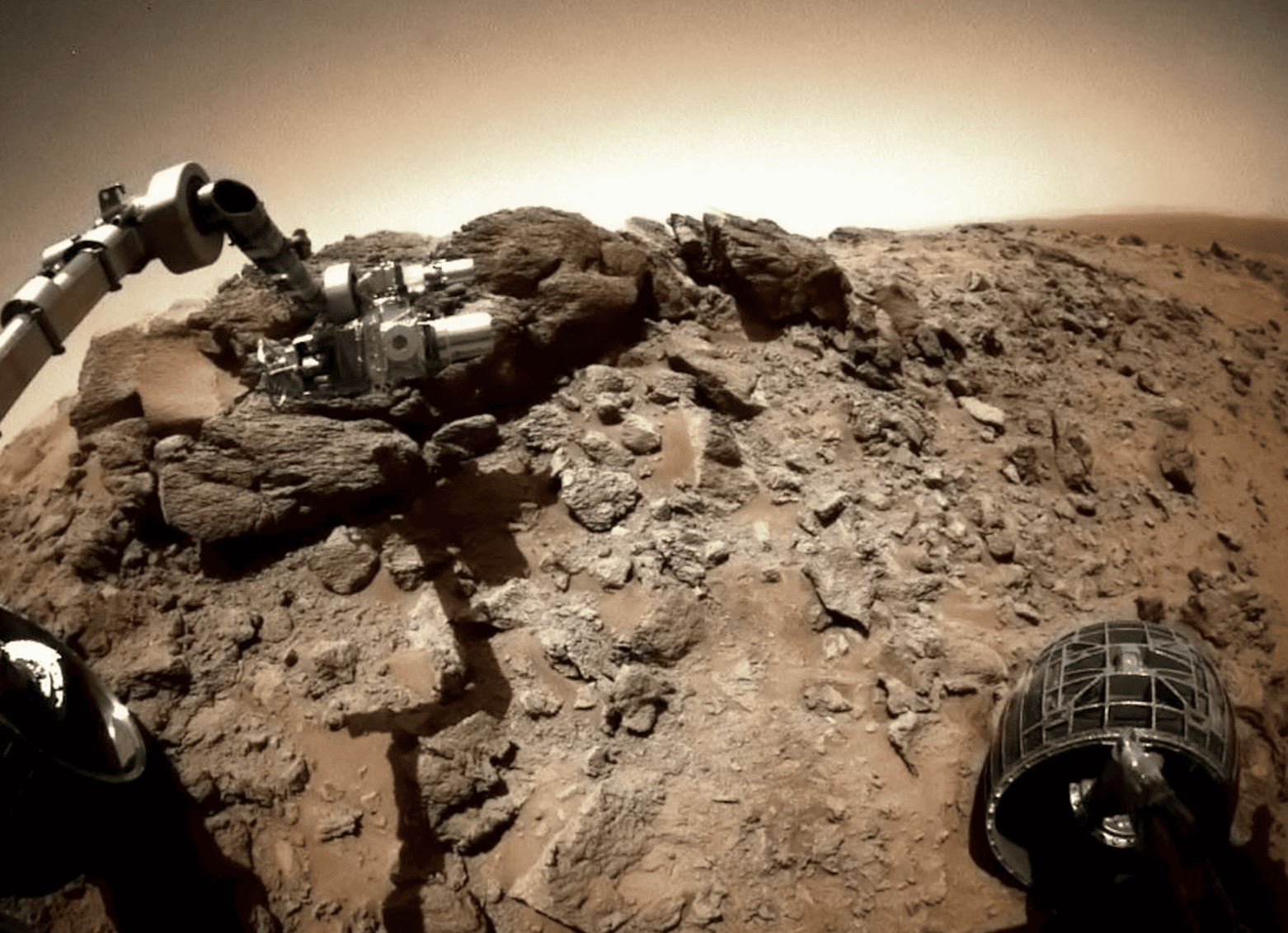
Astronauts Are The Most At Risk
As we’ve learned, astronauts are the most at risk because of how deadly bacteria can become in outer space. Hernan Lorenzi, a researcher at the J. Craig Venter Institute, said, “Imagine a situation where one astronaut gets infected by a bacteria that you carry in your gut regularly, but becomes pathogenic because of some factor due to space. Usually, the recommended therapy is you take an antibiotic to fight that bacteria. But when you do, you would kill most of your bacteria. How are you going to recover that microbiome once you eliminated most of the bacteria you had in the gut?” Unfortunately, astronauts face a huge problem in space. Particularly bacteria that become resistant to normal antibiotics (Washington Post).
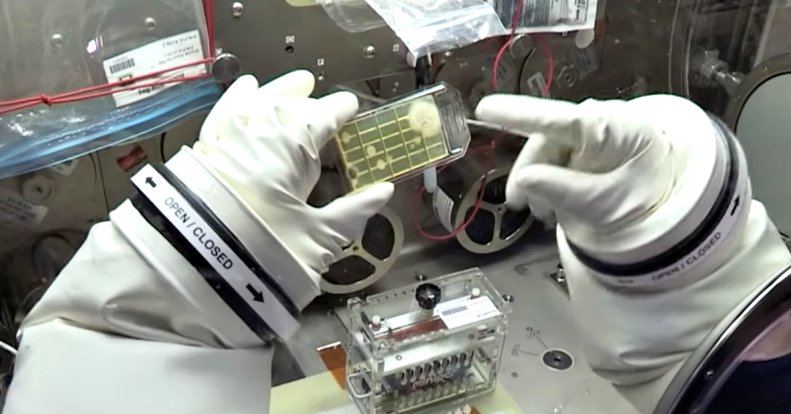
Bringing Back Rock Samples From Mars
Researchers are bringing back rock samples from Mars in the hopes of discovering life on the planet. For example, Peter Doran, a geologist at Louisiana State University, said, “Maybe this is the most important environmental assessment that humans have ever done. I think that it’s a very low probability that there’s anything living at the surface of Mars. But there is a possibility.” For obvious reasons, depending on the hazard level, scientists take all the necessary steps to discover something, while also keeping people safe (NPR).
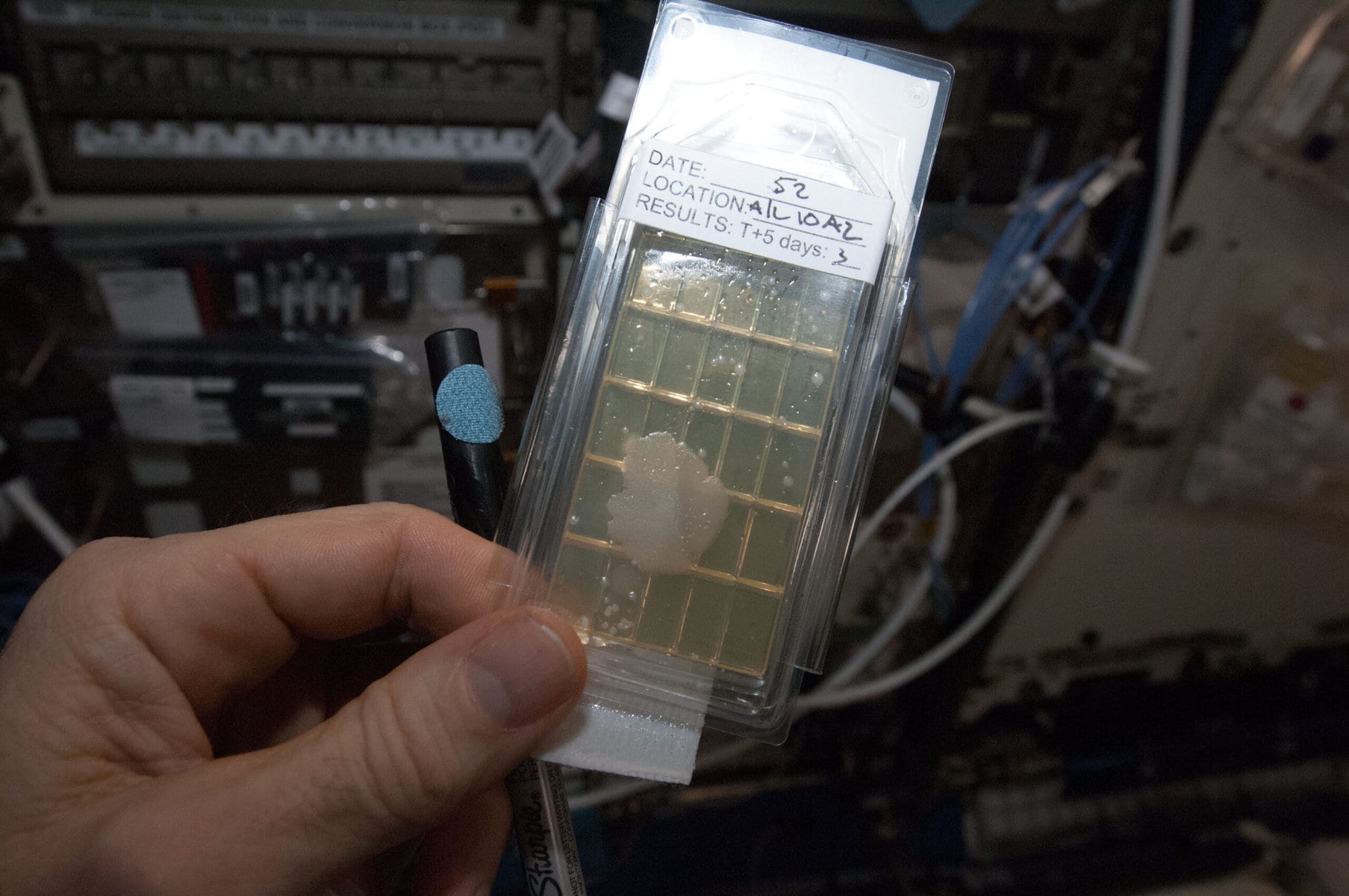
Level 1 Hazard
Scientists commonly find E. coli here on planet Earth. But that doesn’t mean it acts the same way in outer space, and as we’ve already learned, it becomes deadlier and more resistant to antibiotics. When scientists handle E. coli, they wear protective equipment and conduct proper handwashing. They need to decontaminate all of their equipment and make sure everything is accounted for, in addition to using biohazard signs. This is considered a Level 1 hazard (National Geographic).
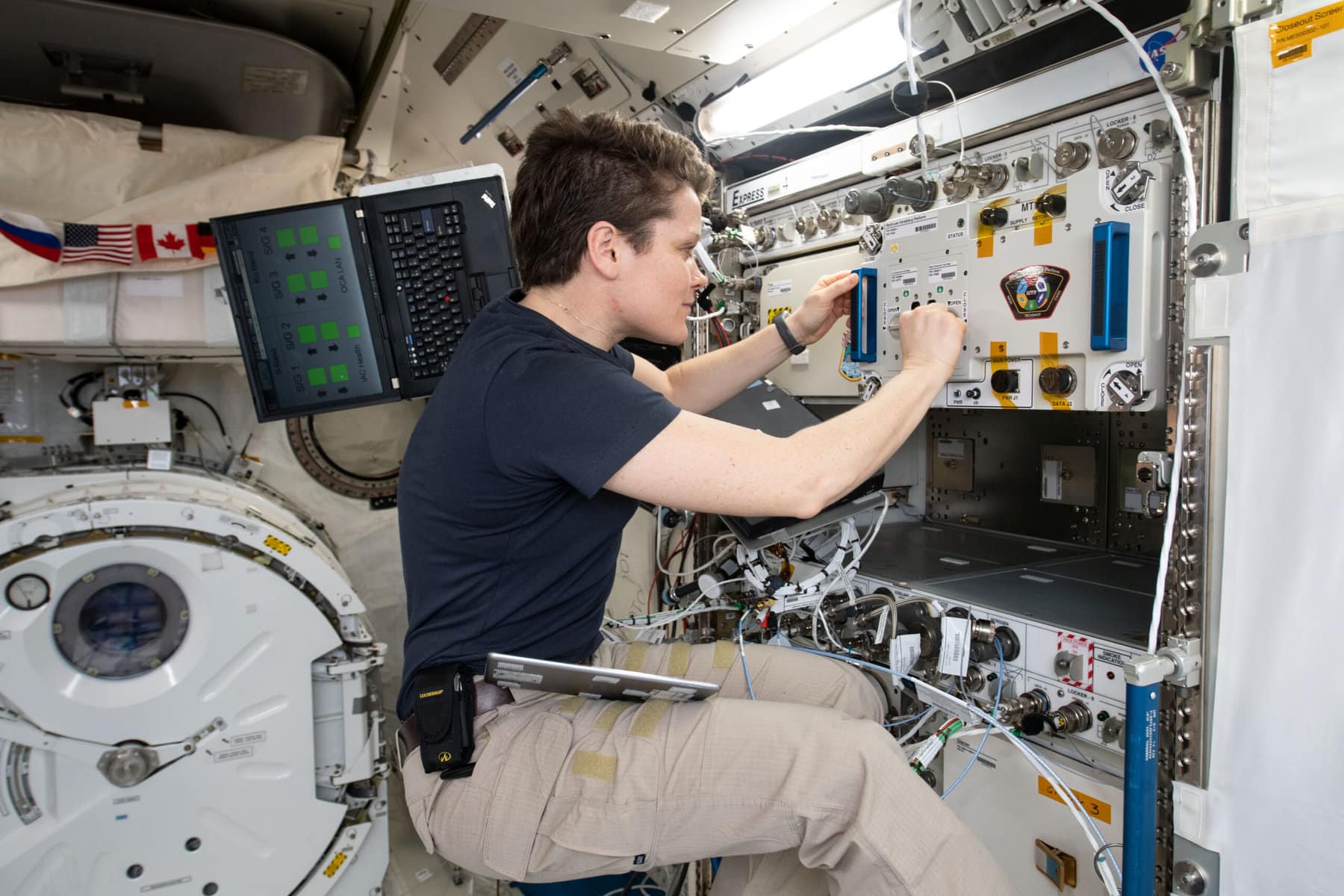
Level 2 Hazard
At Level 2, scientists have to take more precautions. This includes Staphylococcus aureus. The body’s microbiome commonly has this. Scientists will take the same precautions as they would at Level 1, plus more rigorous safety and decontamination protocols (National Geographic).

Level 3 Hazard
This is where things get a little more complicated. Scientists have to be especially careful to protect the Earth from extraterrestrial germs and bacteria. Ronald Corley at NEIDL, the National Emerging Infectious Diseases Laboratories, has to consider everything, and even imagine the worst-case scenarios. He said, “At biosafety level three, you’re wearing full Tyvek suits. You’re wearing a respirator.” Scientists and researchers use vacuum-sealed doors, with ventilation and glass protectors. All of this is precautionary to future studies with extraterrestrial bacteria and pathogens (National Geographic).
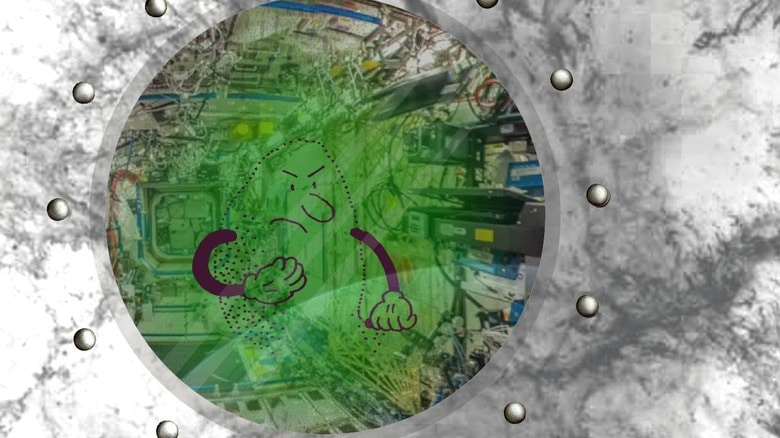
Level 4 Hazard
For protection against Level 4 bacteria and pathogens, like the Ebola virus, scientists wear an encapsulated suit. Obviously, the suits have hoses hooked up to air outside the room, and wear gloves, respirators, and goggles. If the scientists were handling deadly extraterrestrial bacteria, they would take a level 4 safety precaution to prevent any cross-contamination that could potentially be deadly. Regardless, astronauts and scientists will take as many precautions as possible to prevent contamination and keep humans as safe as possible (National Geographic).
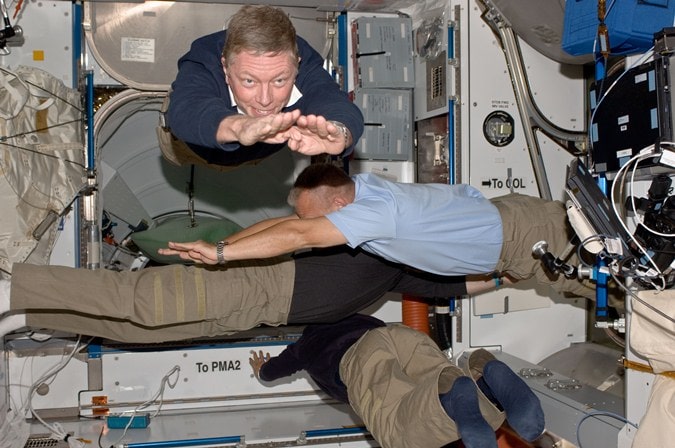
We Should Never Stop Keeping An Eye On Bacteria
To put it simply, extraterrestrial bacteria may be very harmful to human life. According to a team of researchers in Bioscience, “Biological invasions—the human-assisted spread of organisms into novel environments, in which such species are most often termed “alien”—are a threat to ecosystem sustainability and human well-being. Owing to human activities, the rate of spread of alien microbes, invertebrates, vertebrates, and plants across the planet is unprecedentedly high with no sign of saturation.” Even trips to Mars and back could risk contamination, if scientists don’t follow proper protocols.

